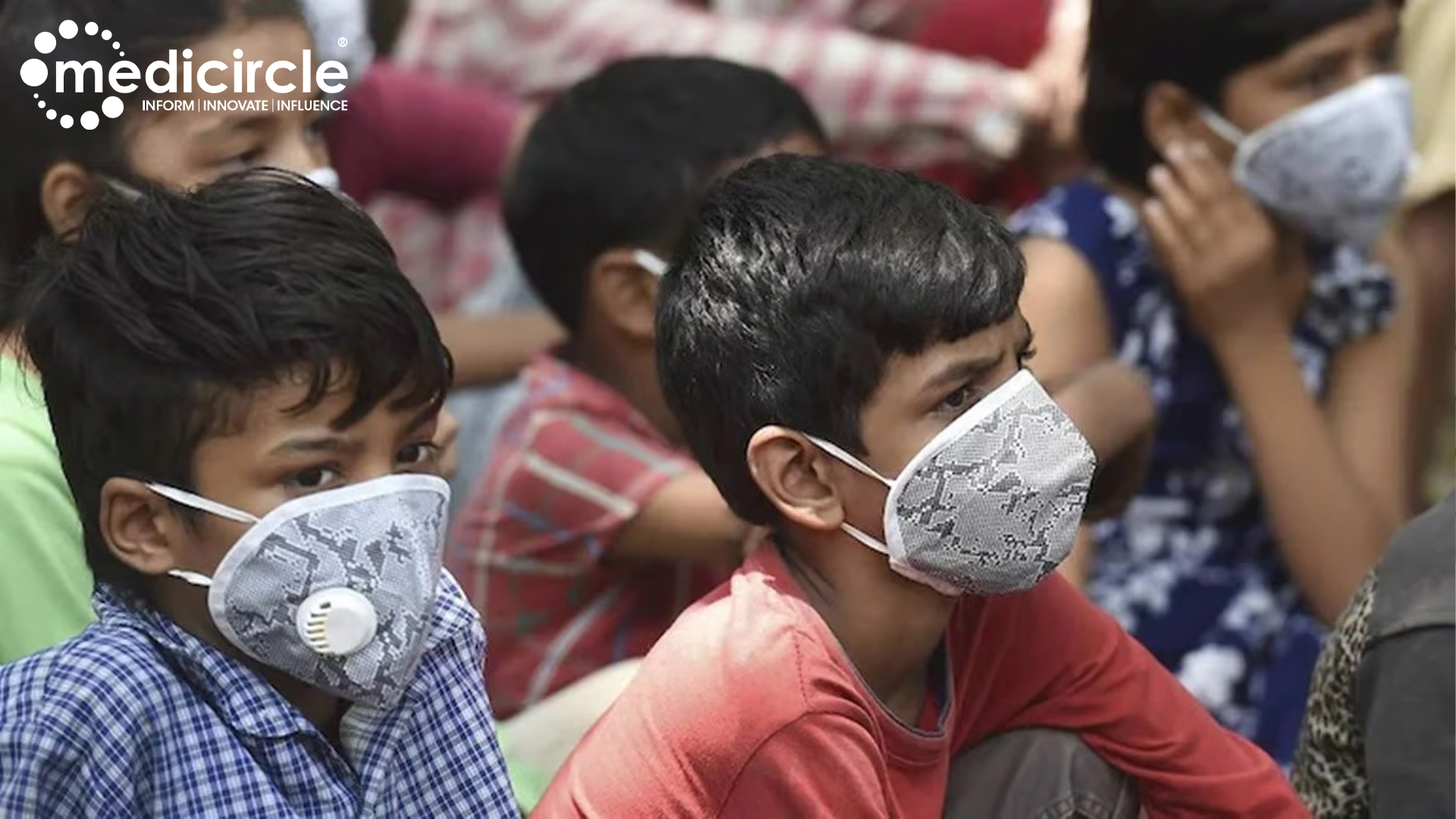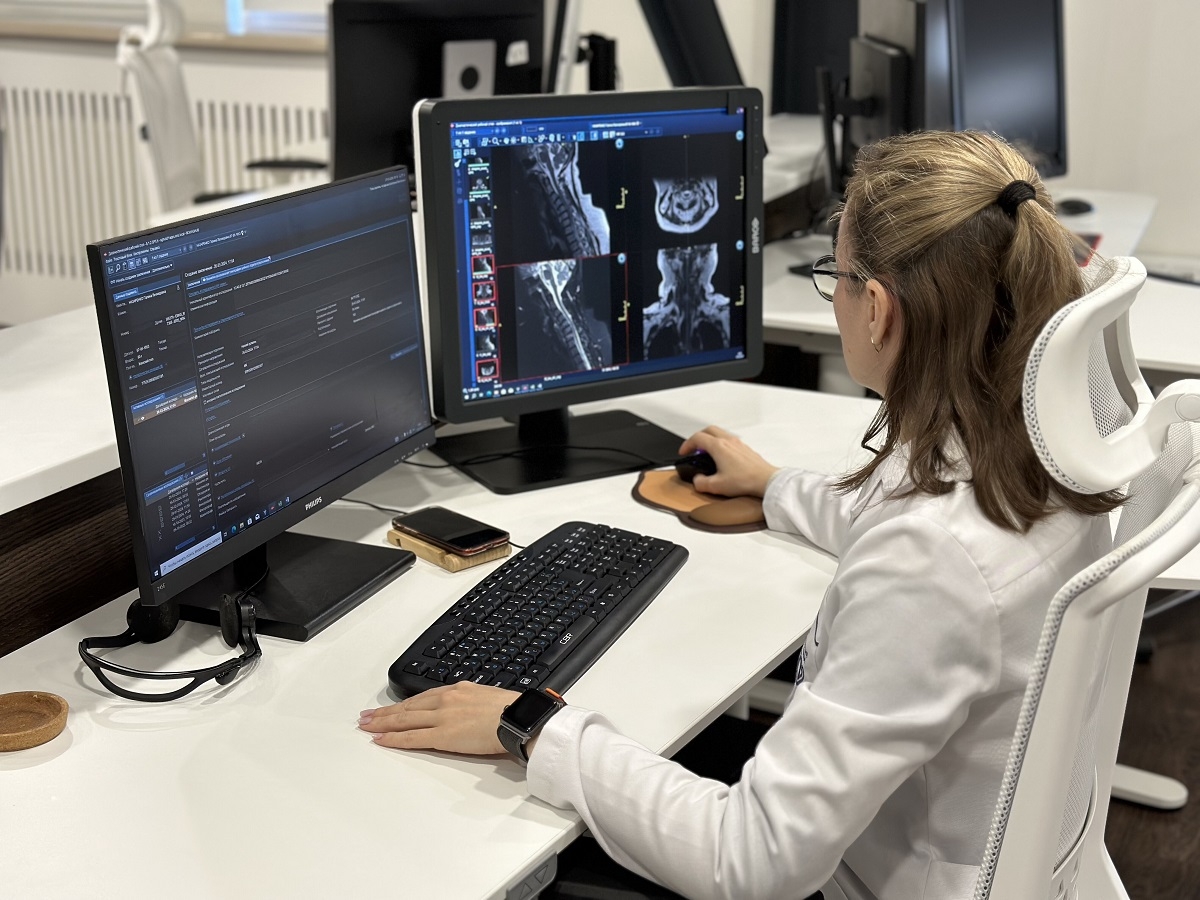“We cannot redesign a hospital without considering how it will be used,” reflects Anja Borojevic, an Italian-speaking hospital readiness consultant working with WHO in Bologna, northern Italy, and liaising closely with local people.
In a COVID-19 world, many hospitals need to rethink how they use their space. Italy is one of the first countries making adjustments as outpatient clinics and non-emergency services reopen.
“Hospitals that were built in the 1950s or 1960s were conceived to respond to certain population needs, for example, to cope with diseases like tuberculosis. They then had to adjust to cope with chronic conditions and increased population sizes. Then came COVID-19 and shook things up,” says Anja.
Rethinking hospital spaces
Upon WHO’s request, Anja has visited over 20 facilities in Bologna and the Apulia Region in southern Italy over 2 months. She advises on how to create alternative routes through hospitals for confirmed COVID-19 patients and for those suspected of having the virus, and on how to provide better spacing in waiting areas and improve ventilation.
“What we are finding now in Italy is that fewer COVID-19 patients are presenting with clear symptoms and more suspected cases, so we have to rethink the whole concept,” she adds. She explains that hospitals now need to think in terms of creating medium- and low-risk spaces as opposed to COVID-19 and non-COVID-19 wards.
Anja points out that infection prevention and control (IPC) standards must be raised in all structures to avoid new infections occurring in hospitals. With a background in emergencies and epidemiology, she works alongside engineers, IPC teams, and medical directors to gain a clear understanding of the needs of each hospital.
“I visit all the structures which make up a hospital, but I also spend time with the staff who work in specific wards. I find out what difficulties they experienced during the COVID-19 acute phase, what they would like to change, and how they can work more effectively in that space.”
As well as structural adjustments, Anja sometimes recommends moving whole wards from one part of a building to another to increase capacity and to improve the flow of patients through the hospital. One of the biggest challenges, she highlights, is having to think entirely from scratch.
Sustainable and fit-for-purpose hospitals
Discovering the stories behind the original buildings and the way they have evolved is an enriching experience. Equally interesting, Anja insists, is the opportunity her role provides to collaborate with hospital staff and directors to reimagine the hospitals of the future.
“We are taking this opportunity to rethink and build something sustainable and fit for the purpose that can also be adapted to treat new diseases and emergencies, to avoid rebuilding in the future,” Anja says.
She adds, “It is an exciting moment to be involved in these important conversations. Daily, we are working with hospitals and facing the same problems on the ground that they face and we have a unique opportunity to find the solutions together. Those solutions can then be applied to other countries according to the COVID-19 phase they are in.”

 We cannot redesign a hospital without considering how it will be used,†reflects Anja Borojevic
We cannot redesign a hospital without considering how it will be used,†reflects Anja Borojevic

































